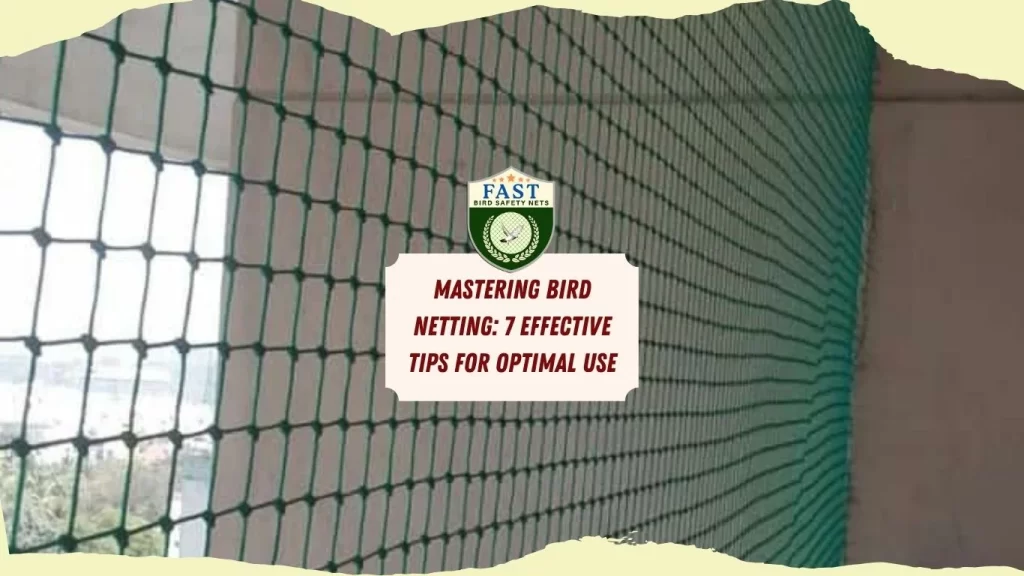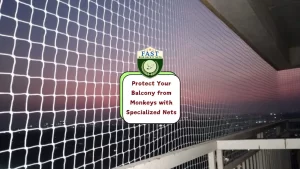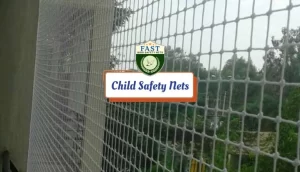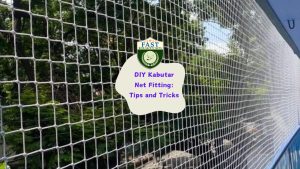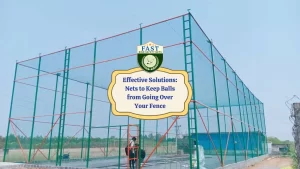Bird netting is a versatile solution for protecting crops, gardens, and buildings from avian pests. In this blog post, we’ll explore seven effective tips for mastering the use of bird netting to ensure optimal results.
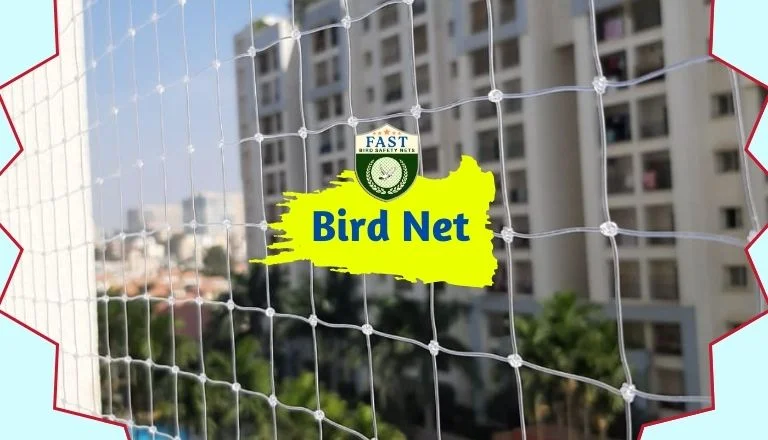
- Proper Installation: Ensure the netting is installed securely and tightly to prevent birds from accessing the protected area. Use sturdy support structures and fasteners to keep the netting in place, especially in windy conditions.
- Choose the Right Size: Select bird netting with mesh sizes appropriate for the birds you want to deter. Smaller mesh sizes are effective against small birds like sparrows, while larger mesh sizes may be needed for larger birds like pigeons.
- Cover All Entry Points: Birds can find even the smallest openings to access your crops or garden. Make sure to cover all entry points, including gaps between buildings or under eaves, to prevent birds from entering the protected area.
- Regular Maintenance: Inspect the bird netting regularly for any tears, holes, or damage. Repair or replace damaged sections promptly to maintain the effectiveness of the netting and prevent birds from gaining access.
- Consider Placement: Place bird net strategically to cover the entire area you want to protect. Consider the habits and behaviors of the birds you’re targeting to determine the most effective placement for the netting.
- Remove Attractants: Birds are attracted to food sources like fruit trees, berry bushes, and vegetable gardens. To enhance the effectiveness of bird net, remove or cover these attractants to discourage birds from lingering in the area.
- Use Visual Deterrents: Supplement bird net with visual deterrents like scarecrows, reflective tape, or predator decoys to further discourage birds from approaching the protected area. Rotate or move visual deterrents periodically to prevent birds from becoming accustomed to them.
By following these seven effective tips for bird netting, you can master the use of bird net and effectively protect your crops, gardens, and buildings from avian pests. Implementing proper installation, choosing the right size, and regular maintenance will ensure optimal results and a bird-free environment.

